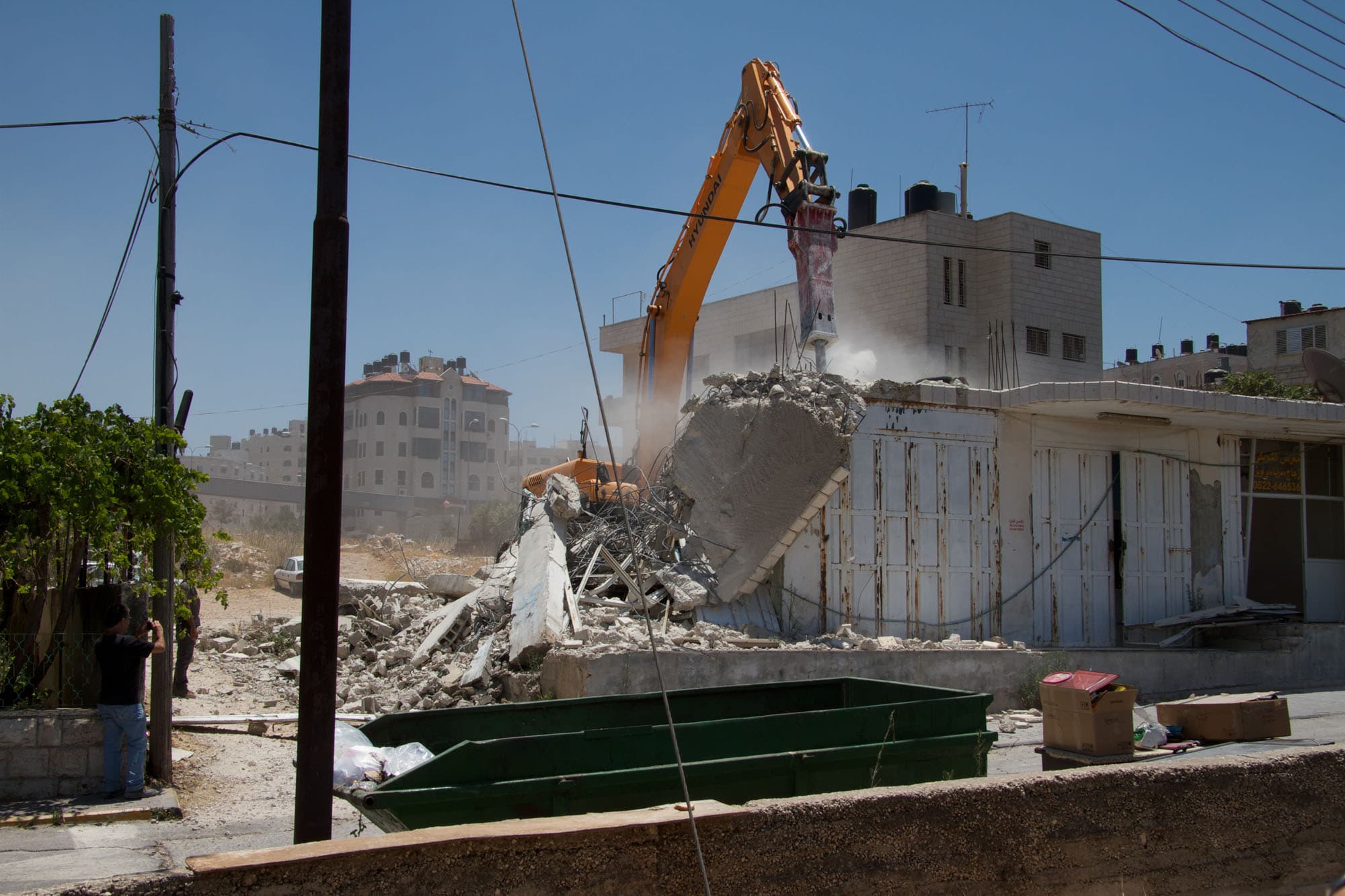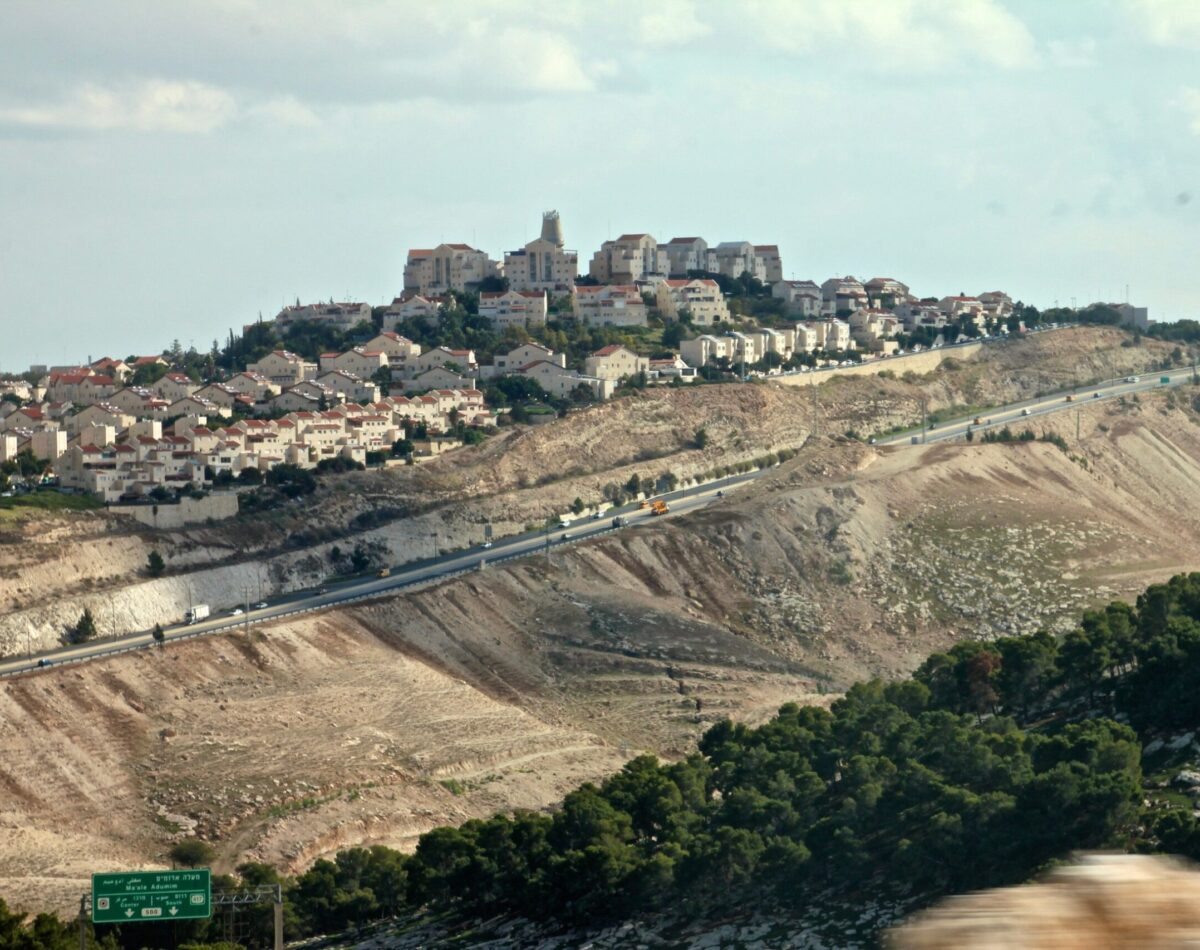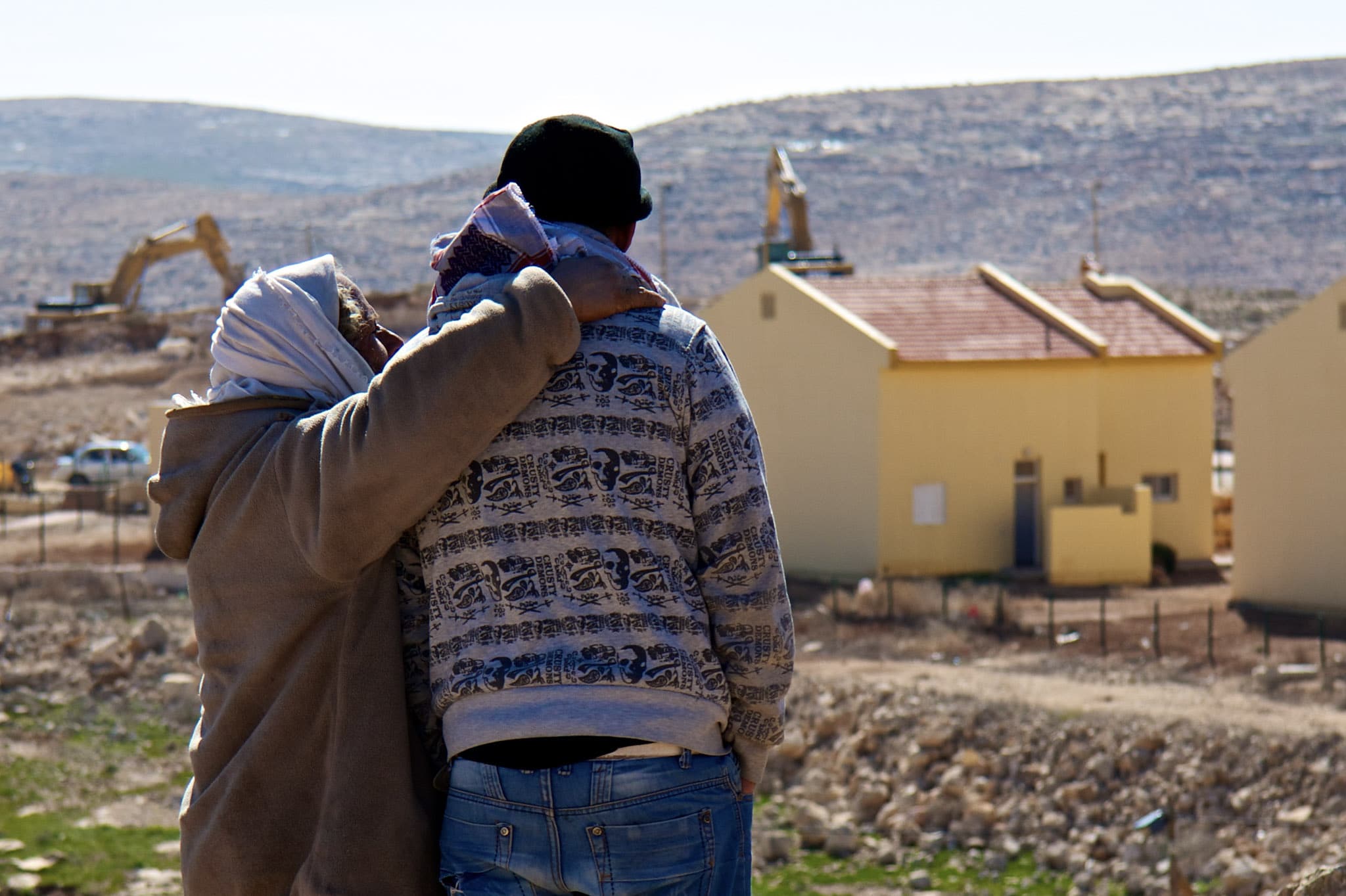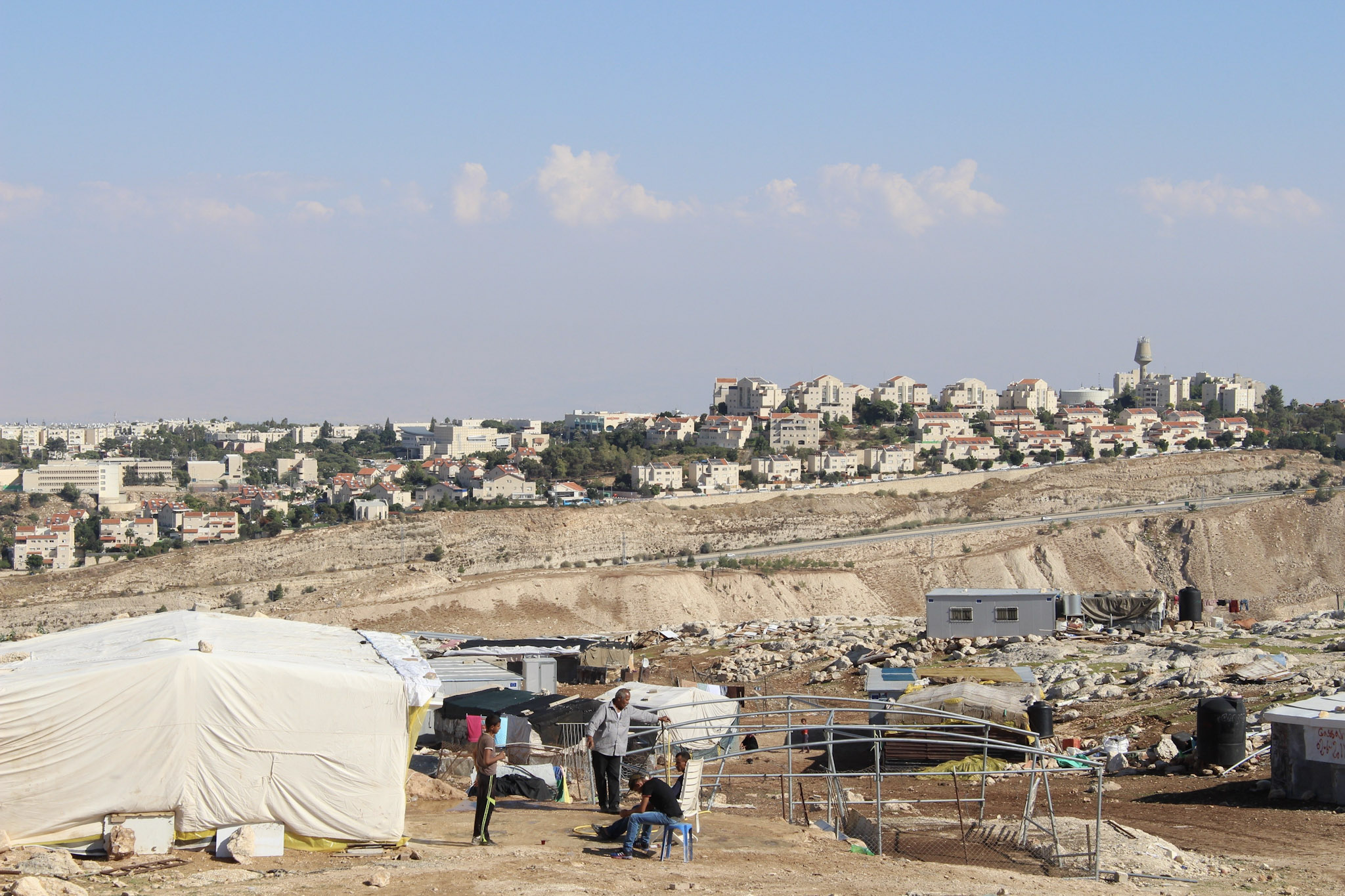Housing
by EA Helen, EA Jamie & EA Mike – 4 min read
Since 1967 when the Israeli military occupied the West Bank, including East Jerusalem, there have been two Israeli government practices which together make a Palestinian’s right to secure housing very difficult to realise:
◎ |
Demolitions – of Palestinian houses, tents and animal shelters, as well as schools, places of worship and medical facilities |
◎ |
Settlements – the building of housing units for Jewish-Israelis only in the occupied West Bank, including East Jerusalem |
Demolitions
Demolition of three Palestinian structures in East Jerusalem.
The Israeli Committee Against House Demolitions (ICAHD) has estimated that since 1967 almost 50,000 Palestinian homes and structures have been demolished by the Israeli authorities.
As in many other parts of the world, Palestinians must apply to the authorities for permission to build homes and other structures, such as schools and medical clinics. However, unlike in other places, these applications are made to an occupying authority and are almost certain to be rejected. In addition to the small probability of success, these applications can cost thousands of pounds and take years to be processed.
This means that when Palestinians need to build new structures, they often do so without Israeli permission. The Israeli authorities then issue a demolition order to the owners. After some time, which ranges from hours to years, soldiers and bulldozers demolish the buildings and often charge the owners for the cost of the demolition.
The impact of all demolitions is that Palestinians are forced to leave the area in which they live, meaning that this practice constitutes a form of forced displacement which is illegal under international law.
Traditional Palestinian shepherding (Bedouin) communities are particularly vulnerable to evictions and demolitions. These tented communities are predominantly based in Area C and in the suburbs of East Jerusalem, which Israel has unlawfully annexed into its sovereign territory.
Building permits are especially hard to obtain in Area C of the West Bank, where the Israel maintains full military control. These statistics show the number of permits granted by the Israeli authorities to Palestinians in Area C between 2010 and 2020:
[Source: Peace Now]
Palestinian requests for building permits: 4,442
Issued: 98
Not issued: 4,344
Settlements
The Israeli settlement of Ma’ale Adumim on the outskirts of East Jerusalem
Figures for the end of 2017 estimate that over 620,000 Israeli citizens live in settlements in the West Bank, including East Jerusalem. There has been a significant increase in the settler population since 2000. Most of the international community holds that these settlements violates Article 49 of the Fourth Geneva Convention which does not allow an occupying power to transfer any of its population into occupied land.
The Israeli government position is that these planned settlement communities in the West Bank are legal. Israel argues that there is no occupation as the land had no sovereign power in control when they captured it. Therefore, they say that the West Bank is ‘disputed’ territory whose ultimate status will be determined when peace is eventually negotiated. Despite condemnation from the international community, the Israeli government have continued with its settlement expansion programme.
Current figures indicate than more than 300 settlements have been established in the occupied West Bank, including East Jerusalem:
[Source: Peace Now]





